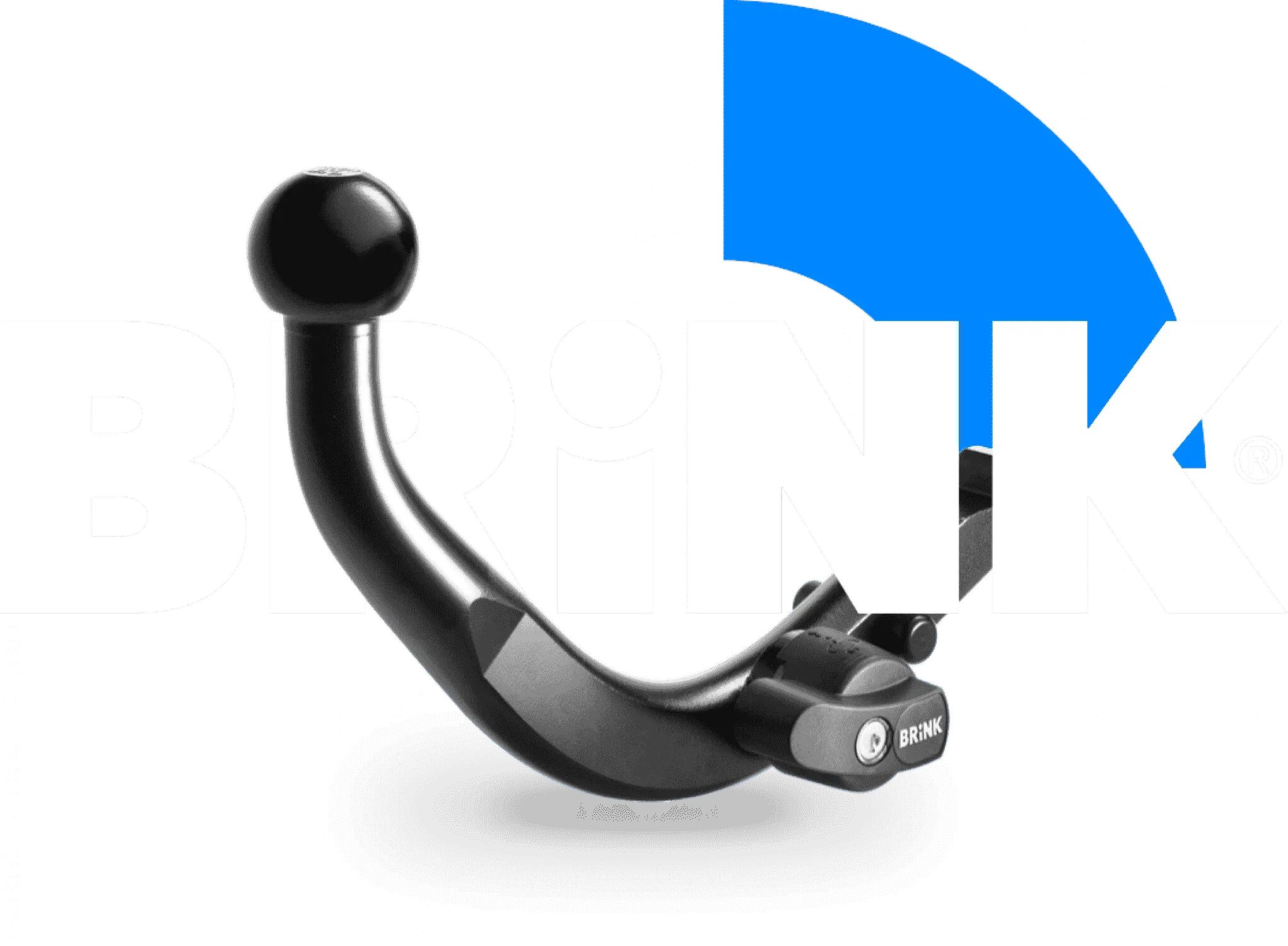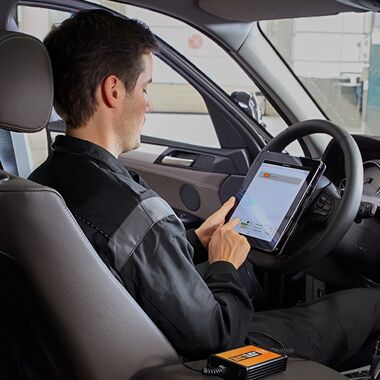What should you pay attention to when loading the bike carrier solution and the bicycle carrier? First, the ball has a maximum vertical load. This vertical load is stated on the typeplate. Secondly, the bicycle carrier also has a maximum vertical load. This is an average of 50 to 75 kilograms. The bicycle carrier manufacturer determines the safe weight. Finally, it is useful to know the weight of the bicycle carrier and the bicycles. The total weight of the bicycle carrier plus the bicycles may not exceed the maximum carrying weight of the bike carrier solution. Pay special attention to the weight of e-bikes. An e-bike weighs about 6 kilograms more than a regular bicycle.
The total weight of the bicycles, plus the weight of the bicycle carrier, must not exceed the permissible nose weight. Excessive nose weight due to overweight causes excessive stress on the car suspension and the bicycle carrier transport solution. If the nose weight is too high, it will have a negative influence on driving characteristics and steering.








